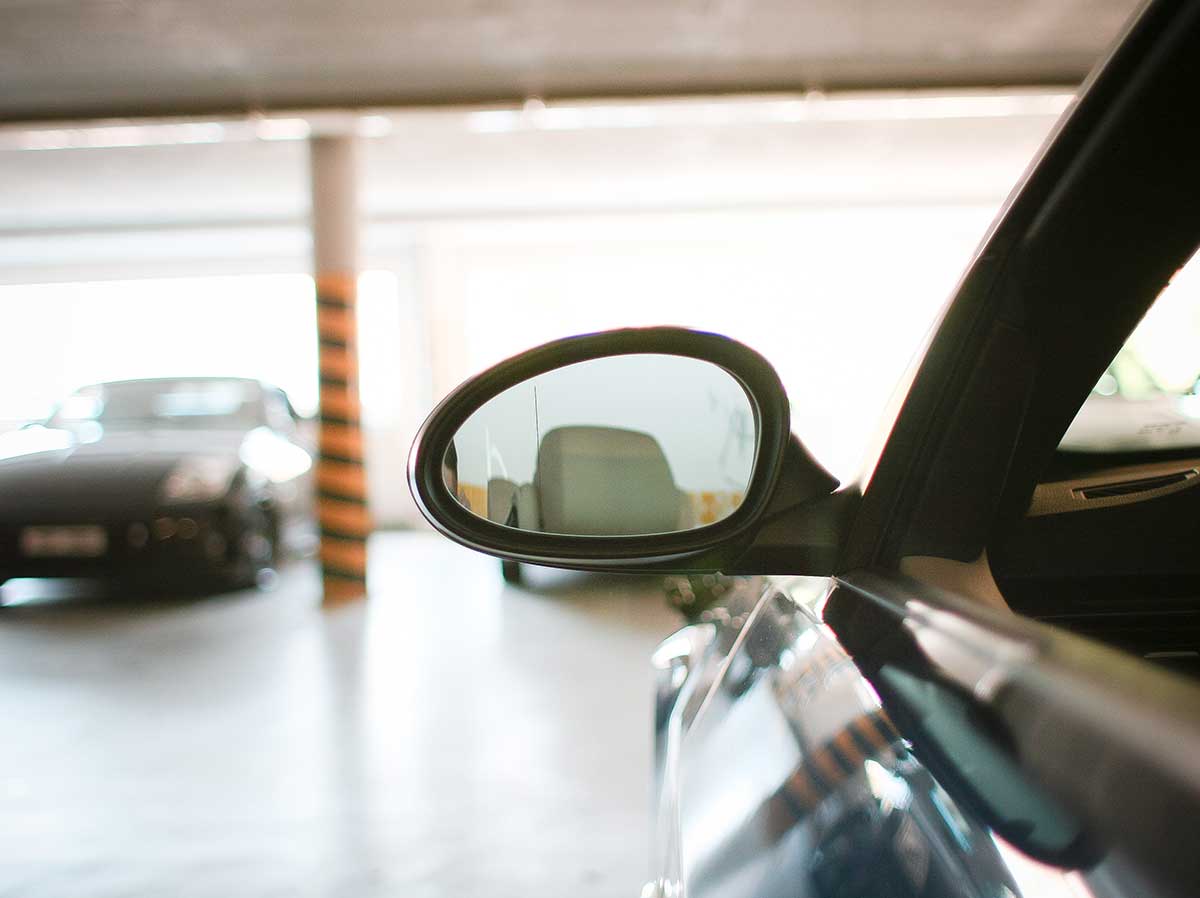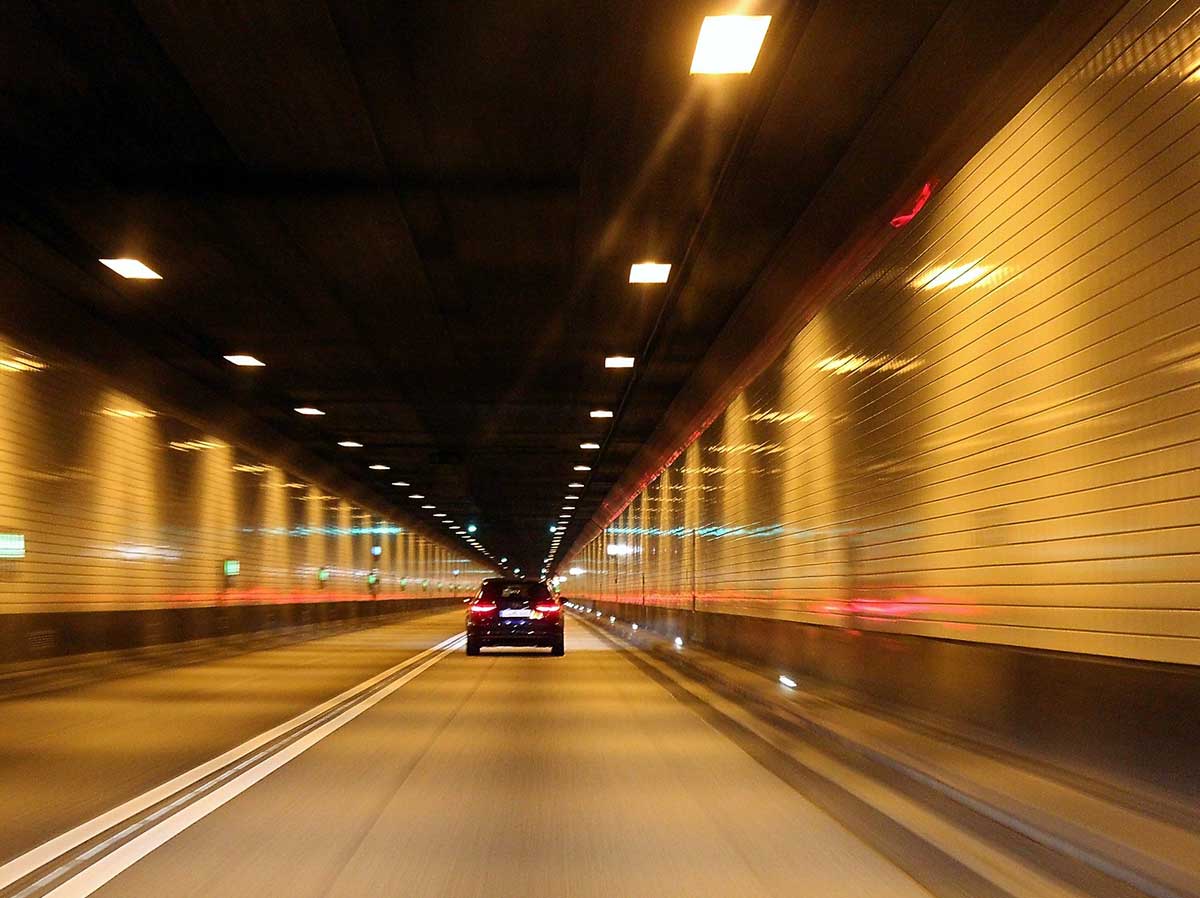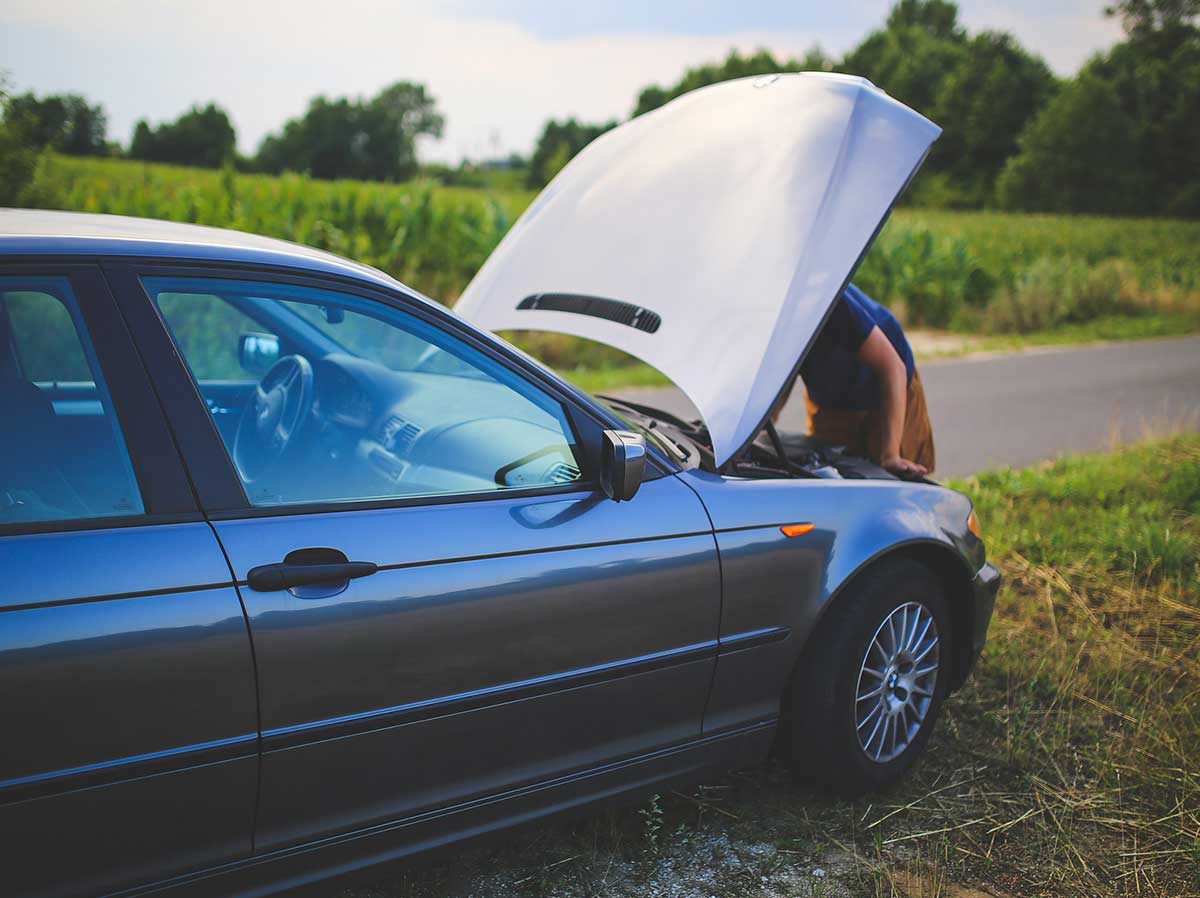In cars and other automobiles, vehicles can change gear and consequently speed up and speed down due to a part of the car known as the transmission. Each car varies between how many gears it may have, but most cars usually have a 5 or 6 speed gearbox, as well as a gear for reversing.
If this seems a little overwhelming, do not worry as we dive deeper into the differences between both automatic and manual cars and the advantages and disadvantages of both.
Manual
Manual cars are the most common type of car that you see driving on the roads and are usually the standard for when learning how to drive. The only big difference between a manual and an automatic is that the gears are done by driver in a manual car. Here's an example of what a manual transmission looks like:

Advantages of Manual
- Cheaper to buy a manual car
- Cheaper parts/labor when taking it for repairs/to a mechanic
- Cheaper insurance (on average)
- More choice when looking to buy a car as there are more available
- Driving enthusiasts would argue that you're truly driving the car
Automatic
So, we've established that manual cars means that you have to change the gears yourself. But what exactly does an automatic car do?
Quite simply, it changes the gears for you - with the exception of Park, Neutral and Reverse but we'll get into that further down the line. Essentially this means that when you're driving along, the car will recognise when you need to change from 1st gear to 2nd gear and will do so automatically - weird right!?
However when you come to a stop and want to park, you'll need to change the gear leaver yourself and put the car in 'P' for Park. Similar principles apply for 'N' for Neutral and also for 'R' for Reversing.
Here's a picture of an automatic gear leaver just to illustrate the differences between automatic and manual cars.

Advantages of Automatic
- Simpler and easier to learn how to drive
- Less time spent on average on driving lessons to pass
- Allows you to spend more time focusing on the road/your surroundings



